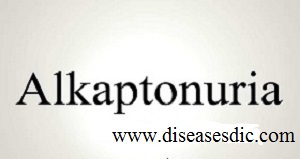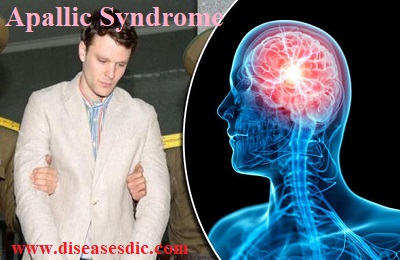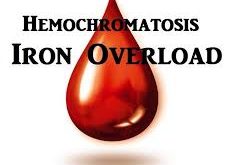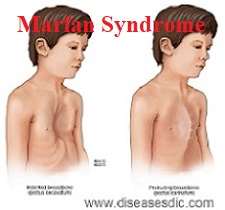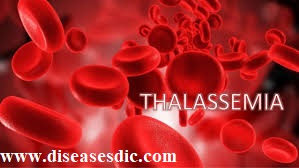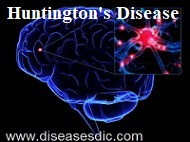Definition Wilson’s disease is an inherited disorder in which excessive amounts of copper accumulate in the body, particularly in the liver, brain, and eyes. The signs and symptoms of Wilson disease usually first appear between the ages of 6 and 45, but they most often begin during the teenage years. …
Read More »Parkinson’s Disease – Causes, Risk factors, and Prevention.
Definition Parkinson’s disease (PD) is a neurodegenerative brain disorder that progresses slowly in most people. Most people’s symptoms take years to develop, and they live for years with the disease. In short, a person’s brain slowly stops producing a neurotransmitter called dopamine. With less and less dopamine, a person has …
Read More »Alkaptonuria – Causes, Symptoms, and Prevention.
Definition Alkaptonuria is a rare inherited disorder. It occurs when your body can’t produce enough of an enzyme called homogentisic dioxygenase (HGD). This enzyme is used to break down a toxic substance called homogentisic acid. When you don’t produce enough HGD, homogentisic acid builds up in your body. The buildup …
Read More »Apallic syndrome – Causes, Diagnosis, and Prognosis.
Introduction Apallic syndrome (AS) also called Unresponsive Wakefulness Syndrome (UWS) and Persistant Vegetative State. It is a result of a traumatic brain injury such as diffuse, bilateral cerebral cortical degeneration and anoxia, or encephalitis which causes the brain to halt the ability to create thoughts, experience sensation, and remember past …
Read More »Hemochromatosis – Causes, Risk Factors and Medications.
Definition Hemochromatosis is an iron disorder in which the body simply loads too much iron. This action is genetic and the excess iron, if left untreated, can damage joints, organs, and eventually be fatal. Types of hemochromatosis Hereditary hemochromatosis isn’t the only type of hemochromatosis. Other types include: Juvenile …
Read More »Marfan Syndrome – Causes, Risk Factors, and Treatment.
Definition Marfan syndrome is a genetic disorder that affects the body’s connective tissue. Connective tissue holds all the body’s cells, organs and tissue together. It also plays an important role in helping the body grow and develop properly. Normal and marfan syndrome Connective tissue is made up of proteins. …
Read More »Thalassemia – History, complications and prevention.
Definition Thalassemia is an inherited blood disorder in which the body makes an abnormal form of hemoglobin. Hemoglobin is the protein molecule in red blood cells that carries oxygen. The disorder results in excessive destruction of red blood cells, which leads to anemia. Anemia is a condition in which your …
Read More »Huntington’s Disease – Diagnosis, complications and treatment.
Definition Huntington’s disease (HD) is a fatal genetic disorder that causes the progressive breakdown of nerve cells in the brain. It deteriorates a person’s physical and mental abilities during their prime working years and has no cure. HD is known as the quintessential family disease because every child of a …
Read More » Diseases Treatments Dictionary This is complete solution to read all diseases treatments Which covers Prevention, Causes, Symptoms, Medical Terms, Drugs, Prescription, Natural Remedies with cures and Treatments. Most of the common diseases were listed in names, split with categories.
Diseases Treatments Dictionary This is complete solution to read all diseases treatments Which covers Prevention, Causes, Symptoms, Medical Terms, Drugs, Prescription, Natural Remedies with cures and Treatments. Most of the common diseases were listed in names, split with categories.


